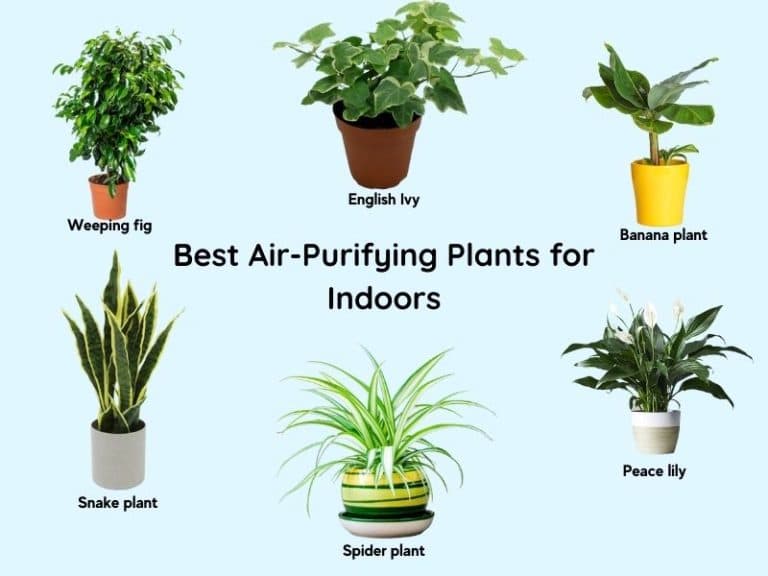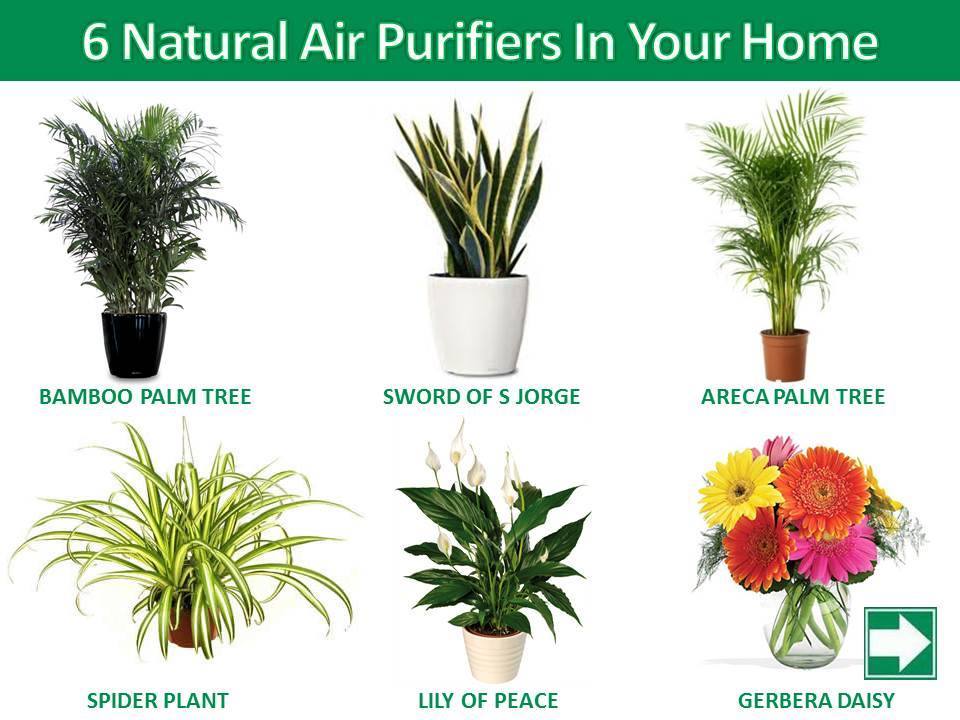How to Choose the Best Indoor Plants for Air Purification

In today's fast-paced world, we often overlook the quality of the air we breathe indoors. Did you know that indoor air can be up to five times more polluted than outdoor air? This is where the magic of indoor plants comes in. Not only do they add a touch of nature to your home, but they also act as natural air purifiers, enhancing your indoor air quality. So, how do you choose the best indoor plants for air purification? Let's dive in and find out!
Understanding Indoor Air Quality
Before we delve into the best plants for home air purification, it's crucial to understand what affects indoor air quality. Common pollutants include volatile organic compounds (VOCs), mold, and dust. These can come from various sources such as cleaning products, furniture, and even cooking. Poor indoor air quality can lead to health issues like allergies, asthma, and headaches.
The Science Behind Natural Air Purifiers
Indoor plants act as natural air purifiers through a process called phytoremediation. This process involves the plant's ability to absorb pollutants through their leaves and roots, converting them into harmless substances. Additionally, plants release oxygen and absorb carbon dioxide, further improving the air quality.
Top Indoor Plants for Air Purification
Snake Plant (Sansevieria)
The Snake Plant, also known as Mother-in-Law's Tongue, is a low-maintenance plant that thrives in low light conditions. It's particularly effective at removing formaldehyde, xylene, toluene, benzene, and carbon monoxide from the air. Its vertical leaves add a modern touch to any room.
Peace Lily (Spathiphyllum)
The Peace Lily is not only beautiful but also highly effective at removing ammonia, benzene, formaldehyde, and trichloroethylene. It's easy to care for and can thrive in low light. Plus, its white flowers add a touch of elegance to your space.
Spider Plant (Chlorophytum comosum)
The Spider Plant is another low-maintenance option that's great for beginners. It's known for removing formaldehyde and xylene from the air. Its long, grassy leaves and small white flowers make it a charming addition to any room.
Boston Fern (Nephrolepis exaltata)
The Boston Fern is a classic choice for indoor gardening. It's highly effective at removing formaldehyde, xylene, toluene, benzene, and carbon monoxide. While it requires a bit more care, its lush greenery is worth the effort.
English Ivy (Hedera helix)
English Ivy is a versatile plant that can be grown in hanging baskets or trained to climb. It's particularly effective at removing formaldehyde, benzene, toluene, and xylene. Its evergreen leaves add a touch of nature to any space.
Indoor Gardening Tips for Optimal Air Purification
Choose the Right Plants
Not all plants are created equal when it comes to air purification. The plants mentioned above are some of the best for improving indoor air quality. Consider your space and the amount of light available when choosing your plants.
Proper Plant Care
To ensure your plants are effectively purifying the air, you need to take good care of them. This includes providing the right amount of light, water, and nutrients. Regularly dusting the leaves can also help improve their air-purifying capabilities.
Placement Matters
Place your plants strategically around your home. Areas with high levels of pollutants, such as the kitchen and bathroom, can benefit greatly from air-purifying plants. Additionally, placing plants in your bedroom can help improve the air quality while you sleep.
Quantity Matters
While one plant can make a difference, having multiple plants can significantly improve your indoor air quality. Aim for at least one plant per 100 square feet of space.
Additional Resources
For more information on indoor air quality and the benefits of indoor plants, check out these authoritative resources:
Conclusion
Choosing the best indoor plants for air purification is not just about aesthetics; it's about creating a healthier living environment. By understanding the science behind natural air purifiers and selecting the right plants, you can significantly improve your indoor air quality. Whether you opt for the low-maintenance Snake Plant or the elegant Peace Lily, each plant brings its unique benefits. So, why not add a touch of nature to your home and breathe easier?
FAQs
How many plants do I need to purify the air in my home?
- The general rule is to have at least one plant per 100 square feet of space. However, the more plants you have, the better the air quality will be.
Are all indoor plants good for air purification?
- Not all plants are equally effective at purifying the air. Some plants, like the Snake Plant and Peace Lily, are particularly good at removing pollutants.
How often should I water my indoor plants?
- The watering frequency depends on the type of plant and the environment. Generally, it's best to water plants when the top inch of soil is dry.
Can indoor plants remove mold from the air?
- While plants can help reduce mold spores in the air, they are not a substitute for proper ventilation and moisture control.
What are some low-maintenance indoor plants for air purification?
- The Snake Plant, Spider Plant, and Peace Lily are all low-maintenance options that are effective at purifying the air.


0 Response to "How to Choose the Best Indoor Plants for Air Purification"
Post a Comment